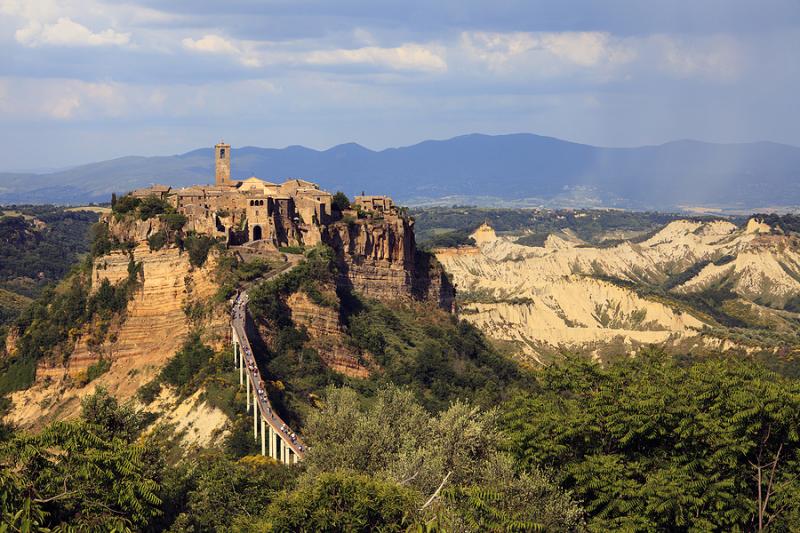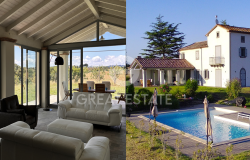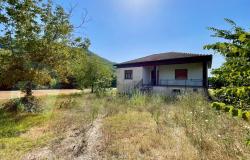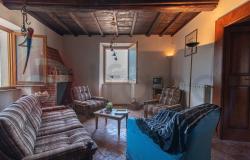Classified as one of Italy’s most beautiful historic villages, Civita di Bagnoregio will be vying for Unesco World Heritage status.
The proposal came early this year from the Italian Unesco commission and is backed by the Lazio region, where the village is located, and by Italy’s Culture Ministry. A response is expected in 2022.
Surrounded by steep ravines (known in Italian as ‘calanchi’), Civita is about 120 km (75 mi) north of Rome, in the area of Lazio known as Tuscia near the border with Umbria.
The very same spectacular position that has given fame to Civita di Bagnoregio is also what threatens its survival: the hamlet, now home to only a handful of residents, is perched on a hill whose unstable clay foundations easily erode. Progressive erosion may cause the village to disappear in time, hence the nickname ‘the dying town’, a phrase coined by local writer Bonaventura Tecchi, who was born in nearby Bagnoregio in 1896 and spent his youth in Civita.
Civita di Bagnoregio is accessible via a pedestrianized 200-meter-long bridge that leads to the gate that gives access to the historic center. From there, it is a trip back in time, as you walk among narrow streets, picturesque squares and old buildings, many of which have remained the same since the late Middle Ages.
Some of these old buildings have instead been turned into lovely B&Bs, to meet an increasing request by the tourism industry. In recent years, in part thanks to its popularity on social media being very ‘photogenic,’ Civita has seen a rise in the number of visitors; in order to protect it, the local administration introduced in 2013 an entry fee, a first for an Italian village; the goal was to safeguard the fragile environment and buildings by controlling the number of visitors that access the town at once.
The cost to enter Civita, from 8 am to 8 pm, is 5 euros per person. If you arrive before 8 am, then you can enter for free and you will probably have the village all to yourself. It is also even more spectacular in the early morning light. You are waived the entry fee also inc are you stay at one of the village’s B&B.
Civita has its roots in Etruscan times. To contrast erosion and landslides that progressively shrinked the area of the historic center, inhabitants ingeniously kept creating new access routes into town, such as the Bucaione, a tunnel dug directly into the sedimentary rock of the hill. The current appearance of the village dates back to the end of the Middle Ages and, since then, not much has changed.
Read also: Exploring Lazio: Four Day trips from Rome You Can’t Miss












